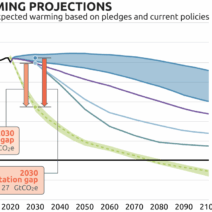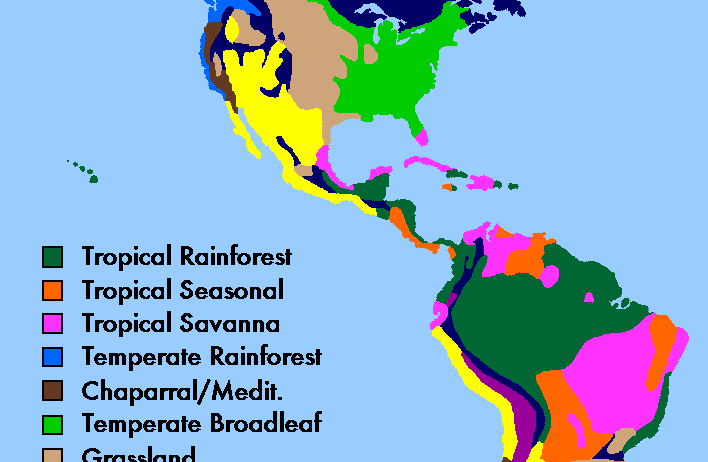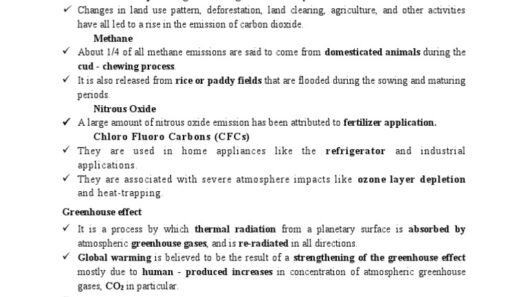South America embodies a remarkable tapestry of climatic zones, ranging from the sweltering tropics in the northern regions to the expansive highlands and frigid climates of the Andes. Understanding these diverse climatic conditions not only satisfies curiosity but also unveils the intricate relationship between geography and climate. This relation dictates the livelihoods, biodiversity, and environmental challenges faced in the continent.
The northern part of South America is dominated by the Amazon Basin, a vibrant and lush rainforest that sprawls across countries such as Brazil, Peru, and Colombia. Characterized by a humid tropical climate, this region experiences significant year-round rainfall, resulting in an annual average exceeding 2,000 millimeters. This consistent precipitation nourishes the diverse ecosystem, fostering one of the richest reservoirs of biodiversity on the planet. The average temperature in this area remains remarkably stable, hovering around 26-28 degrees Celsius, providing an almost perennial summer.
However, amidst the beauty of the Amazon, there lies an urgent climate challenge. Deforestation, driven predominantly by logging, agriculture, and urban expansion, is posing a serious threat to this vital ecosystem. The ramifications of such activities extend beyond loss of flora and fauna; they significantly contribute to global warming by releasing stored carbon dioxide back into the atmosphere.
Traveling southward, one enters a transition zone where the humidity of the Amazon gives way to the drier conditions of the Brazilian cerrado and the subtropical highland climate prevalent in parts of Bolivia and Paraguay. This shift is pivotal, as the cerrado, marked by its savanna-like ecosystem, plays an essential role in carbon sequestration while supporting resilient species adapted to its seasonal droughts and fire regimes.
As one ventures further south, the Pantanal emerges, renowned as the world’s largest tropical wetland. It exhibits a distinctive wet and dry season, directly influenced by atmospheric currents and rain patterns. This biogeographical hotbed hosts an impressive variety of wildlife, including capybaras, jaguars, and hundreds of bird species. However, like many other ecological treasures, the Pantanal is grappling with the pressures of climate change, which exacerbate drought periods and alter the frequency and intensity of floods, disrupting the delicate balance of this unique ecosystem.
Continuing the journey into the highland regions, one encounters the dramatic Andes mountain range, which stretches along the western edge of South America. The climate here varies enormously according to altitude. At lower elevations, one finds temperate conditions that support agriculture; as altitude increases, the climate becomes more severe. This creates a phenomenon known as vertical zonation, leading to diverse agricultural practices in different climatic niches. Conditions can range from humid and temperate at lower levels to harsh alpine climates at the peaks, where temperatures can plummet below freezing.
In the highlands of countries such as Peru and Bolivia, traditional agricultural systems adapted to the climate have emerged. The cultivation of crops like quinoa, potatoes, and other native plants showcases resilience and innovation, proving that communities can thrive in harsh conditions. However, the Andean regions are not immune to environmental degradation. Melting glaciers, a direct consequence of global warming, threaten water supplies and thus agricultural sustainability, highlighting a stark reality of climate change’s impact.
Moreover, the interplay of ocean and climate plays a pivotal role in shaping South America’s Copacabana climate, particularly along the Pacific coast. The cold Humboldt Current creates arid conditions in regions like northern Chile, giving rise to the Atacama Desert, one of the driest places on earth. Despite its harsh conditions, life thrives here, with unique adaptations in flora and fauna. This resilience prompts an inquiry into how ecosystems can adapt to climate extremes, challenging preconceived notions about life and sustainability.
Conversely, further north, the Pacific coast transitions into more humid conditions as one moves into Peru and Ecuador, with significant rainfall facilitating lush coastal ecosystems. These areas, often affected by the El Niño phenomenon, illustrate the interconnectedness of global climate systems. The extreme effects of this climatic oscillation manifest through fluctuating precipitation patterns, impacting agriculture, fisheries, and broader economic stability.
The Argentinian Pampas present yet another facet of South America’s climatic diversity. With a temperate climate characterized by fertile soils, the Pampas are crucial for agriculture, particularly in wheat and beef production. However, increasing instances of extreme weather events, such as droughts and floods influenced by climate change, threaten the agricultural productivity that this region is infamous for, signaling a need for adaptive farming practices.
Understanding South America’s climate requires peeling back layers of complexity. The dizzying contrasts of humid tropics, arid regions, highland cold, and wetland diversity compel us to rethink and reshape our perspectives on climate and environment. This fascination with the natural world, particularly in the face of impending climate change, ignites a sense of responsibility and action.
Each climatic region, with its distinctive characteristics, not only shapes the environment but also influences cultural and socioeconomic dynamics. Protecting these varied climates is crucial not only for the local inhabitants but also for the entire planet. Each ecological zone tells a story, revealing truths about the interconnected nature of life, resilience, and adaptation. Climate challenges, while daunting, offer a chance for innovation and stewardship, urging us all to engage in preserving the staggering beauty and vitality of South America’s climate.






